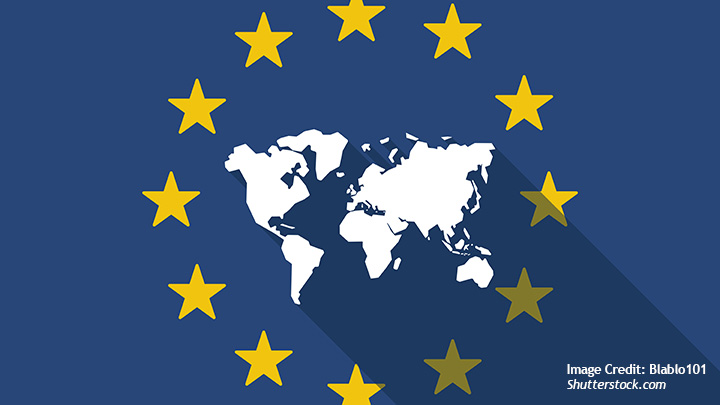Visegrad Four and India: Searching for collaboration agenda amid global geopolitical upheaval

Jagannath Panda and Matej Šimalčík
India’s strategic vision for Europe has traditionally focused on the continent’s heavyweights, France, Germany, and the United Kingdom. These states are long-standing partners in trade,
defense, and multilateral forums, often dominating Europe’s voice in global affairs. However, the rapidly shifting geopolitical environment, intensified by the COVID-19 pandemic, the war in Ukraine, and the evolving Sino-American competition, has necessitated a reassessment. Central and Eastern Europe, particularly the Visegrad Four (V4), is no longer just a peripheral theatre of diplomacy. It is fast becoming a zone of geopolitical contestation and economic resilience, one India can no longer afford to overlook.
The V4 countries—Poland, Hungary, Czechia, and Slovakia—form a regional bloc which can jointly shape EU policy debates in areas of aligned interest. With a combined population of over 65 million and a joint GDP exceeding $1 trillion, the bloc constitutes the EU’s manufacturing powerhouse, with deep integration into global (especially Germany’s) industrial value chains. Their economies are rooted in advanced automotive manufacturing, industrial automation, defense production, and clean tech innovation—areas where India is actively looking to invest and expand its bilateral cooperation.
The V4 region also serves as a transit hub for energy pipelines and a linchpin in Europe’s North-South and East-West infrastructure corridors. Their geographic and logistical relevance gives the V4 geo-economic clout far beyond what traditional metrics might suggest. Moreover, these countries are actively rethinking their international partnerships. While maintaining their EU and NATO memberships as key building blocks of their international engagements, the V4 states have become increasingly interested in diversifying their strategic options, looking beyond traditional partnerships, especially in the Indo-Pacific region.